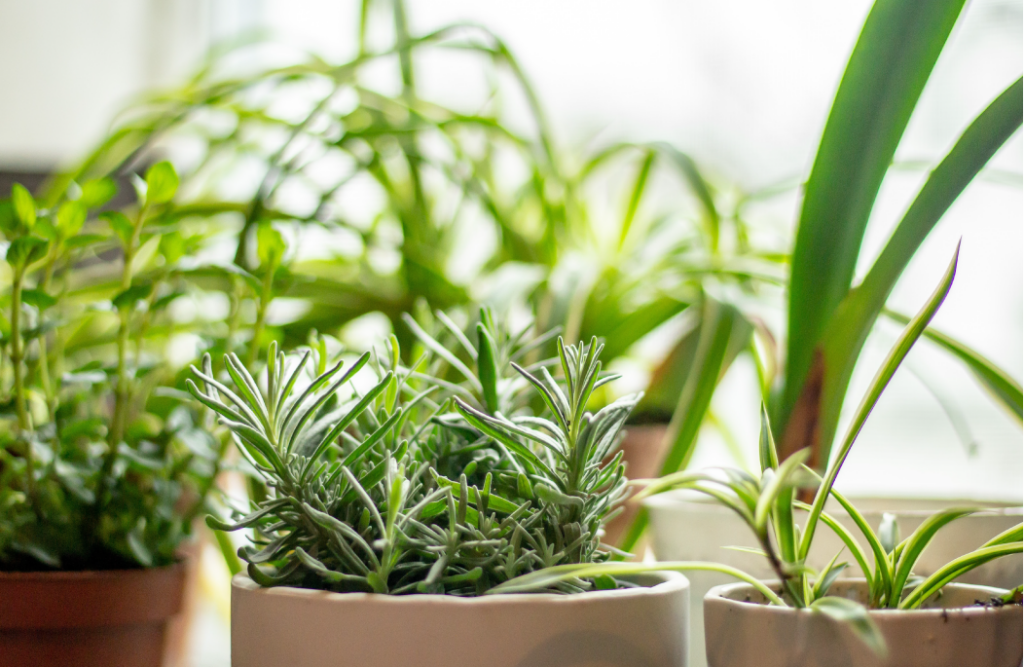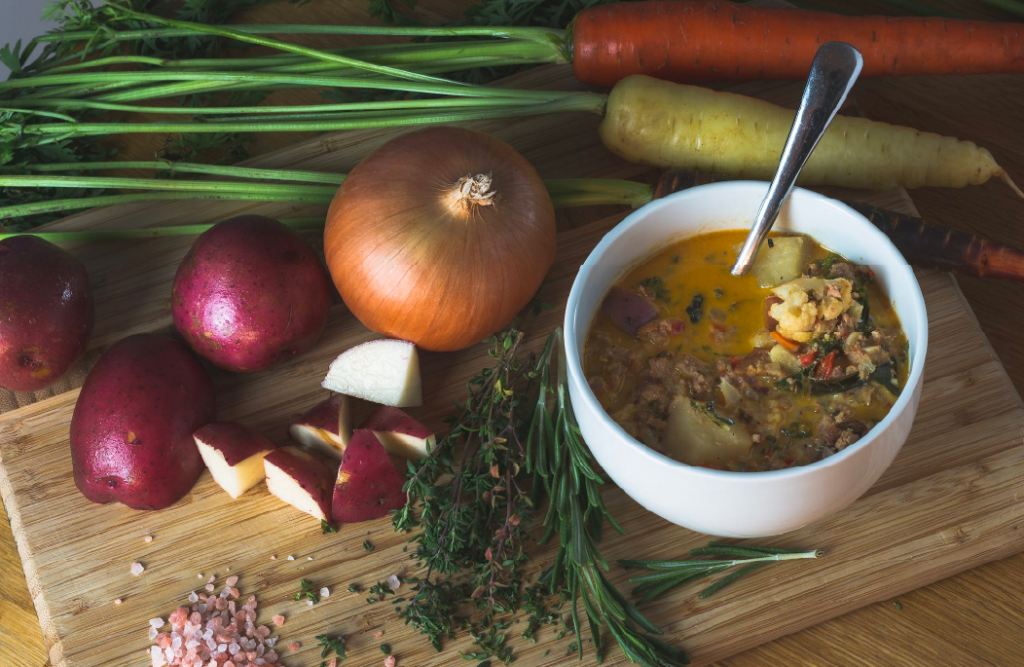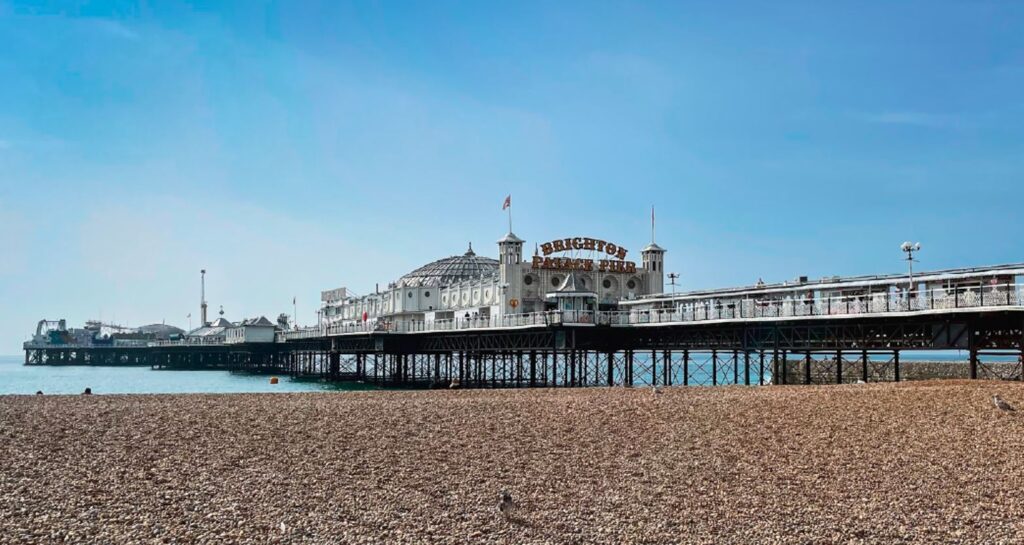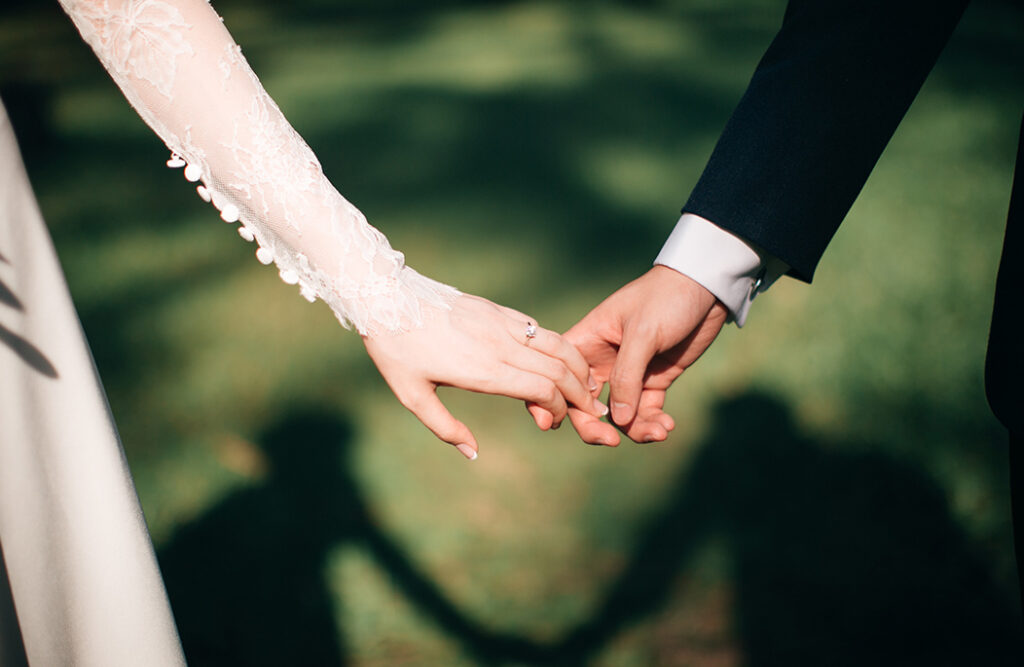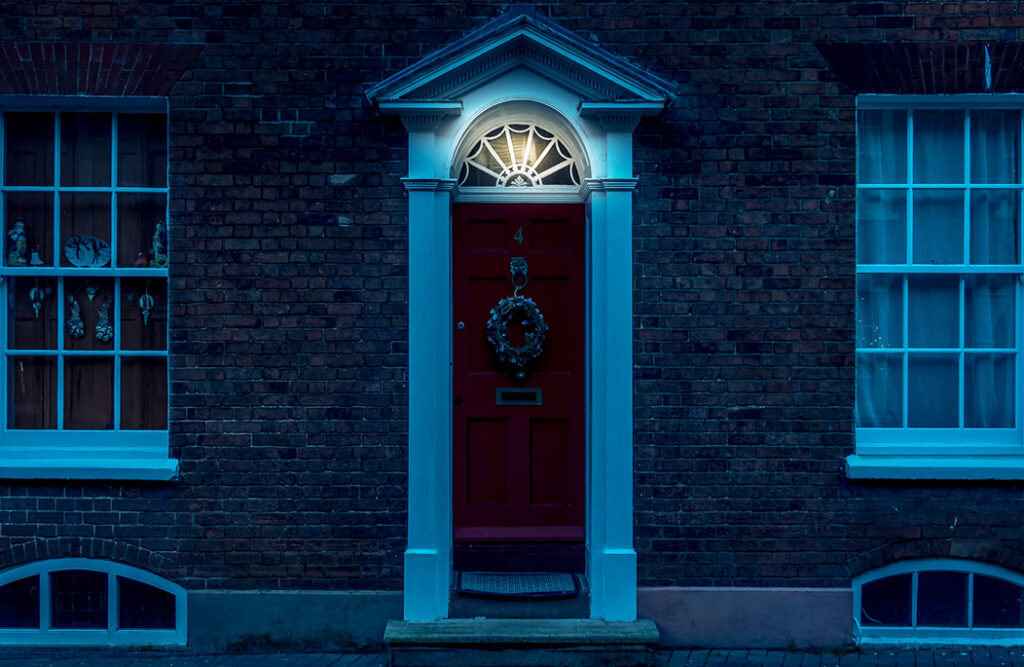Herbs were used to clean, dye, flavour food and heal, so it’s no wonder a herb garden was an essential element of the Victorian home. Here are nine tips to help you create a thriving herb garden in your Victorian home or garden.
1. Herb gardens needn’t take up too much room
You don’t need a huge amount of space for a herb garden as most herbs can be grown in containers, window boxes or planted together in a small bed. In fact, it’s a good idea to use planters as this will restrict their growth and contain the herbs. If placed in garden beds, chances are that your herbs could spread wildly through the garden. Choose planters which are at least five litres in size – anything smaller will dry out quickly.
2. The best herbs to grow in containers
Good container herbs include:
- Lavender
- Mint
- Sorrel
- Basil
- Coriander
- Parsley
- Rosemary
- Thyme
- Sage
- Chives
- Chervil
- Lovage
- Dill
- Tarragon
- Lemon verbena
- Blackcurrant sage
- Winter savory
- Lemongrass
- Oregano
3. Use good potting compound and feed well
Use the best potting soil you can find and feed your herb garden plants regularly. The larger they grow, the more nutrients in the soil. Feed them with liquid seaweed while they are growing.
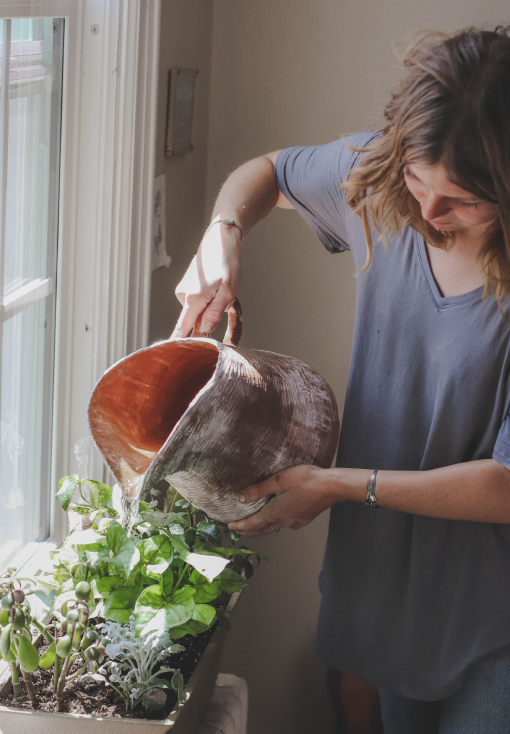
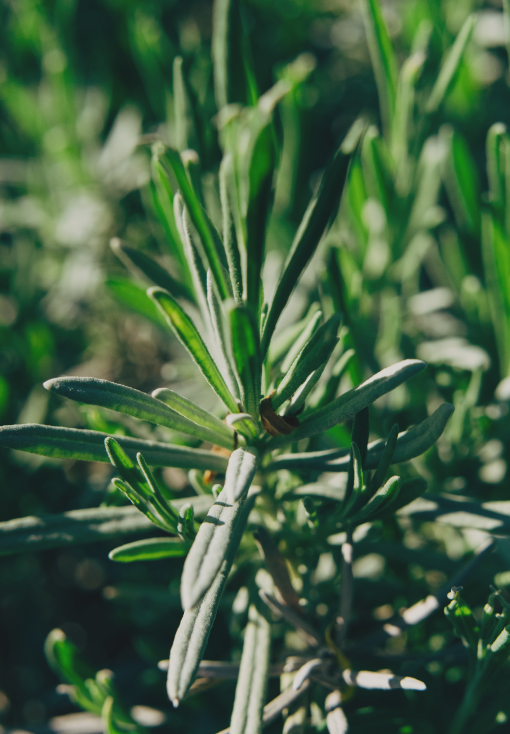
4. Know you annuals from your perennials and biennials
Check the life-span of your herbs and plant accordingly: herbs are either annuals (such as basil, coriander and dill), perennials (e.g. garlic, saffron, sage, thyme) or biennials (e.g. parsley or fennel).
5. Plant in a bright sunny spot
The majority of herbs need sunshine to thrive – around six hours a day in the summer if possible.
download the full victorian homes ebook
Download Victorian Homes, a free ebook created by Adrian Flux insurance services. It is full of Victorian house facts, tips on how to create a Victorian style house — even if you live in a new-build home — and advice on where to source original Victorian and reproduction fixtures, fittings, furniture, accessories and art.
6. Plant herbs that complement each other
Some herbs are better to grow together in containers than others. You could pair the following together:
- Basil, dill and summer savory
- Purple basil, chives and mint
- Sage, curly parsley and lemon thyme
- Lemon verbena, lemon balm, lemon mint and lemon thyme
- Basil, parsley, marjoram and thyme
- Rosemary, chervil, dill and catnip
7. Plan your planting carefully
Plant the tallest herb in the middle of the pot, a low-trailing plant near the edge and a mound-forming herb to one side of the tall herb. The tallest herb will grow the deepest roots so needs to be in the middle and low-trailing herbs need to be allowed to tumble over the sides of the planter. That just leaves the other side for the mound-forming herb.

8. Encourage growth by harvesting from the tops of stems
When you harvest container herbs, don’t pick stems from the base of the plant. Instead, pick off the tips of each stem (around the top inch or so) just above a pair of leaves. Two new shoots will grow from each stem, creating a bigger, fuller plant for your herb garden.
9. Don’t mix herbs that need a lot of water with those that don’t
Avoid mixing herbs that like plenty of water, such as coriander, mint and chives, with those that prefer well-drained soil such as sage, bay, oregano and thyme.
Victorian herb meanings
Victorians loved herbs so much that they presented them as gifts to express their feelings, with each plant having its own symbolic meaning. Here are a few examples:
- Bee balm meant sweet virtue
- Catmint meant deep love
- Chamomile meant comfort
- Dill meant good spirits
- Lavender meant devotion and loyalty
- Lemon balm meant sympathy
- Rosemary meant remembrance
What is a Victorian herb garden?
Herb gardens were a part of landscaping in the Victorian era. They were used for a miriad of reasons, including to express feelings and for medicinal cures. Many people and historical houses still keep Victorian herb gardens to great effect – and it’s really no surprise when you consider their fragrance and uplifting look.
Although heritage sites will likely have relatively big herb gardens, nothing’s stopping you from adding one to your balcony, windowsill or garden in pots.
Learn more about Victorian homes
Download our free ebook, which is full of Victorian house facts, tips on how to create a Victorian style house — even if you live in a new-build home — and advice on where to source original Victorian and reproduction fixtures, fittings, furniture, accessories and art.
Looking to insure your Victorian Home?
Adrian Flux is a specialist insurance compnay offering bespoke cover for all period and Victorian homes. Call 0800 369 8590 got a fast and hassle-free quote.
Our home insurance customers saved an average of 31% in 2021 when taking out a policy with us. See how much you could save by giving us a call.
